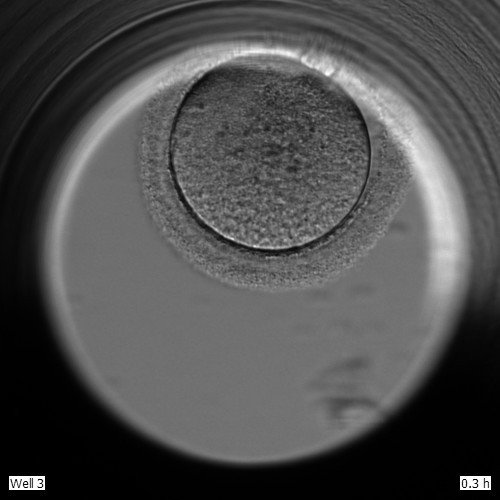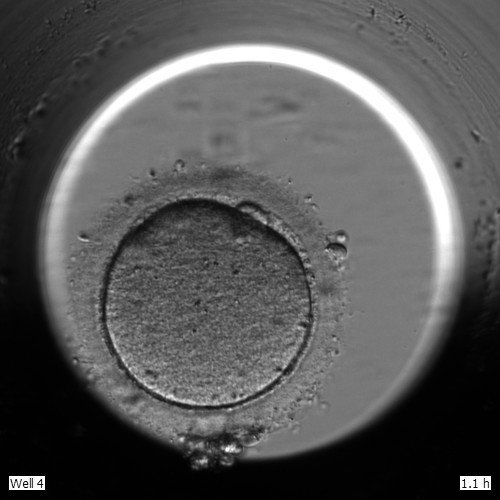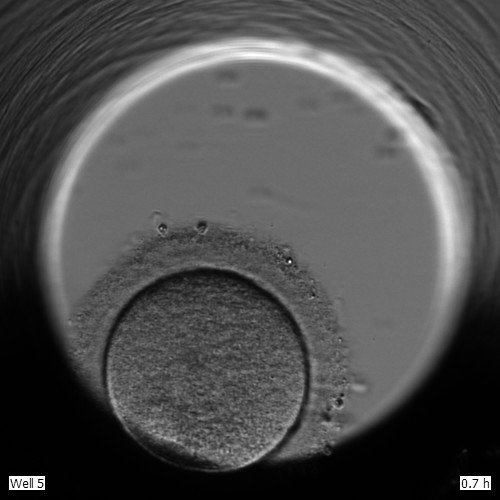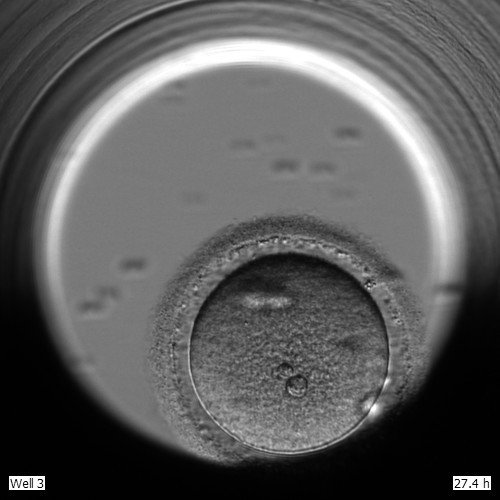It was 2017
Computer Vision for IVF
What?
Select which cells to put in cold storage for future IVF
Why?
Storing cells is expensive, and most won't fertilize, so why keep them?
The task (tech.)
- Binary classification
- About 300 (initially) - 700 (later) images/class
- Uniform background, grayscale images
How bad can it be?
Initial estimation: ~3w until the first good prototype
(70% accuracy)
Positive Class
Negative Class




Positive Class
Negative Class


Wait! There's more!
- No clear human baseline
- No support from SME
What was the initial result?
Transfer learning InceptionV3
52% Accuracy
What was the best result after 6 months?
A combination of custom architecture, a bit more data, data augmentation and 1D temporal convolutions
69.2% Accuracy
The best result after ~1 year?
72% Accuracy
With 3x data, a lot of custom image pre-processing, and a professor and a PhD student from a well known US university
We tried a loooot of stuff
- Several Self-Supervised Learning schemes
- Transfer Learning with a few models
- A lot of data augmentation trickery
- Several custom NN architectures
- Tried classic CV based on similar research in bovine cells selection
Lessons learned
- Data is king
- Preprocessing is queen
- Simple problems can be rock hard
- Estimation is useless
Fun story time
One day, we tried Google AutoML Vision (it was still in closed beta). The CEO was helpful and did data augmentation beforehand.
We ran AutoML full training cycle.
And got 98% accuracy.

... hmm
We ran AutoML full training cycle.
And got 98% accuracy.
The CEO was ready to inform the stakeholders that we cracked it.
But, the best result before that was 69.2%.

Using occluded images, it turned out that the network was predicting garbage.
Indeed something was wrong.

Because CEO was helpful and did data augmentations beforehand but hadn't specified the train/test/valid splits, we had a data leak.

We wasted ~1.5k USD and 2 months
But could have wasted more
More lessons learned
- Never trust results that are too good
- Always assume the algorithm is cheating
- Interpretable/explainable ML is important
- Be careful when preparing your data
AI Interview slides
By Alexandru Burlacu
AI Interview slides
- 226



